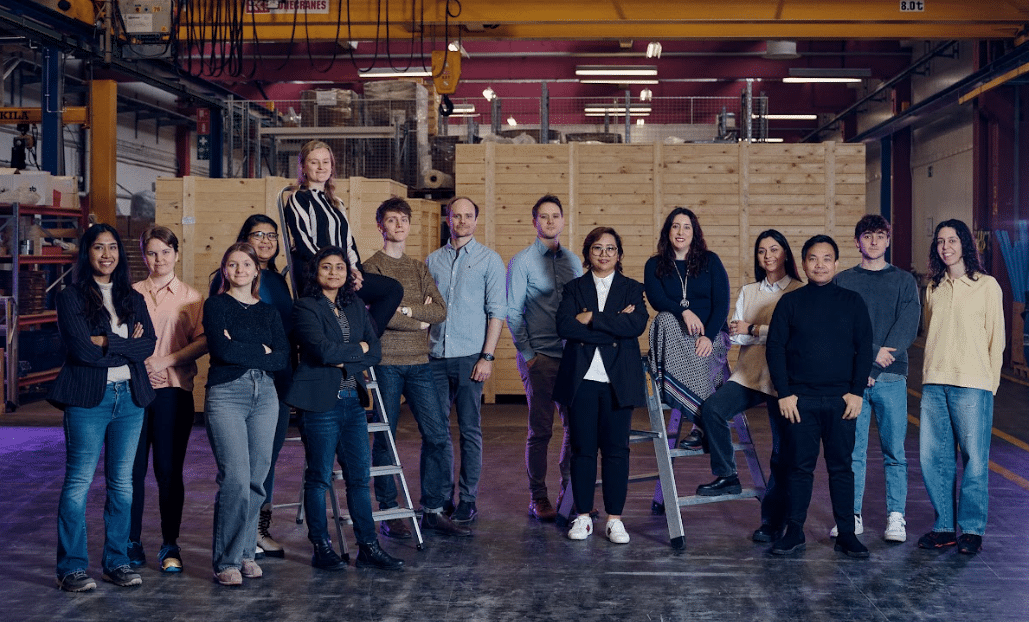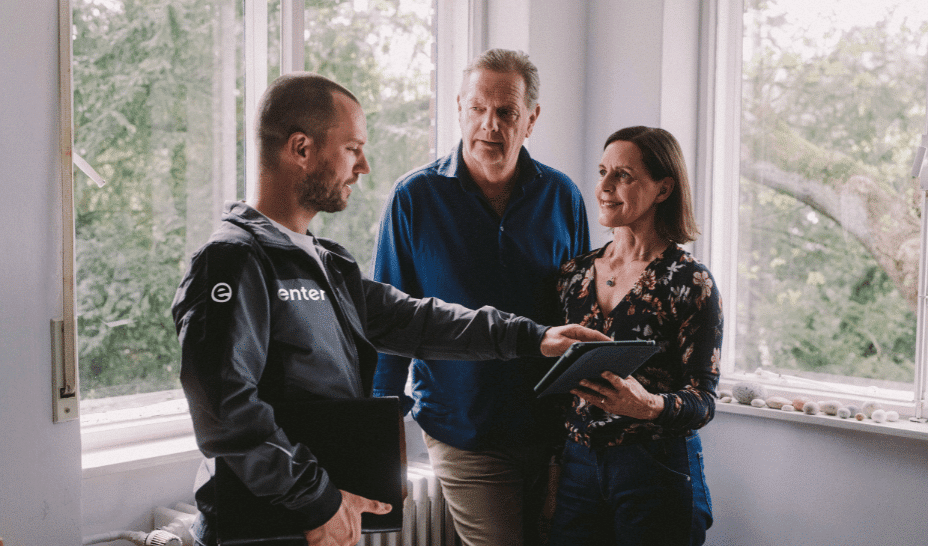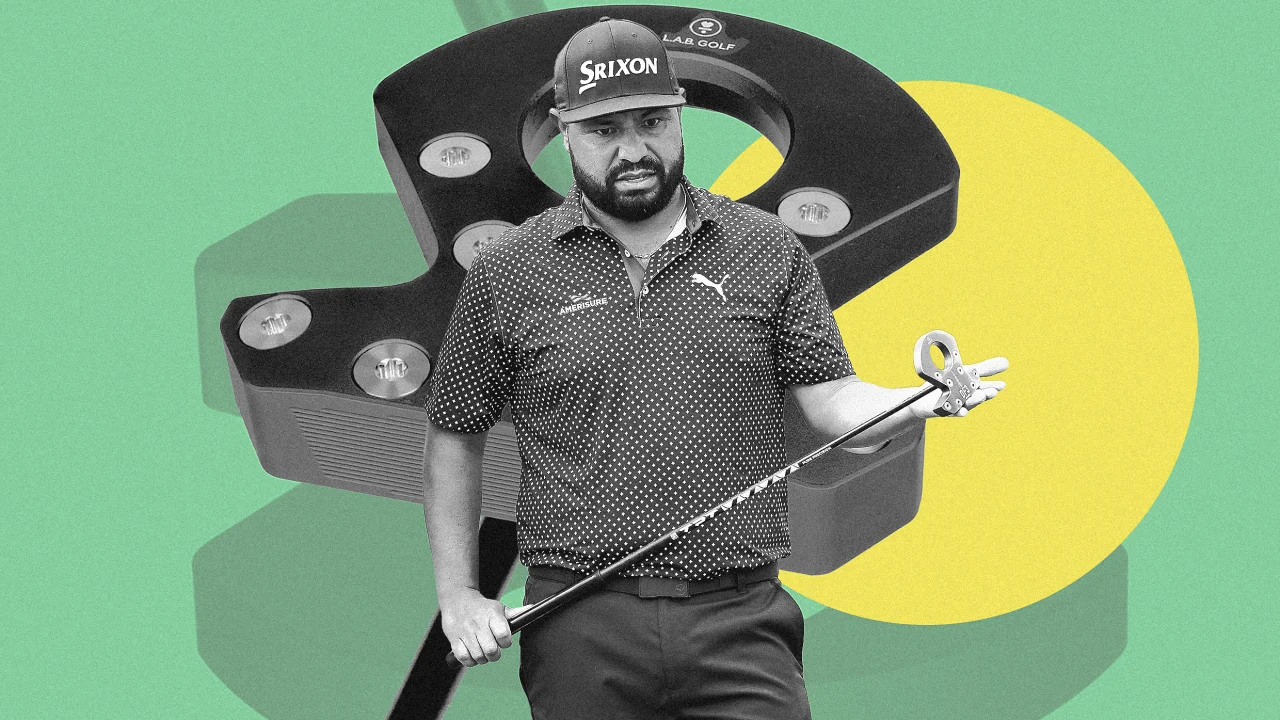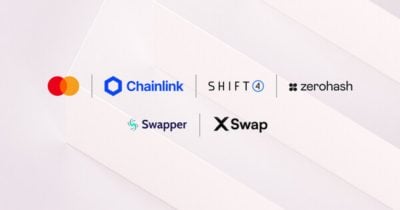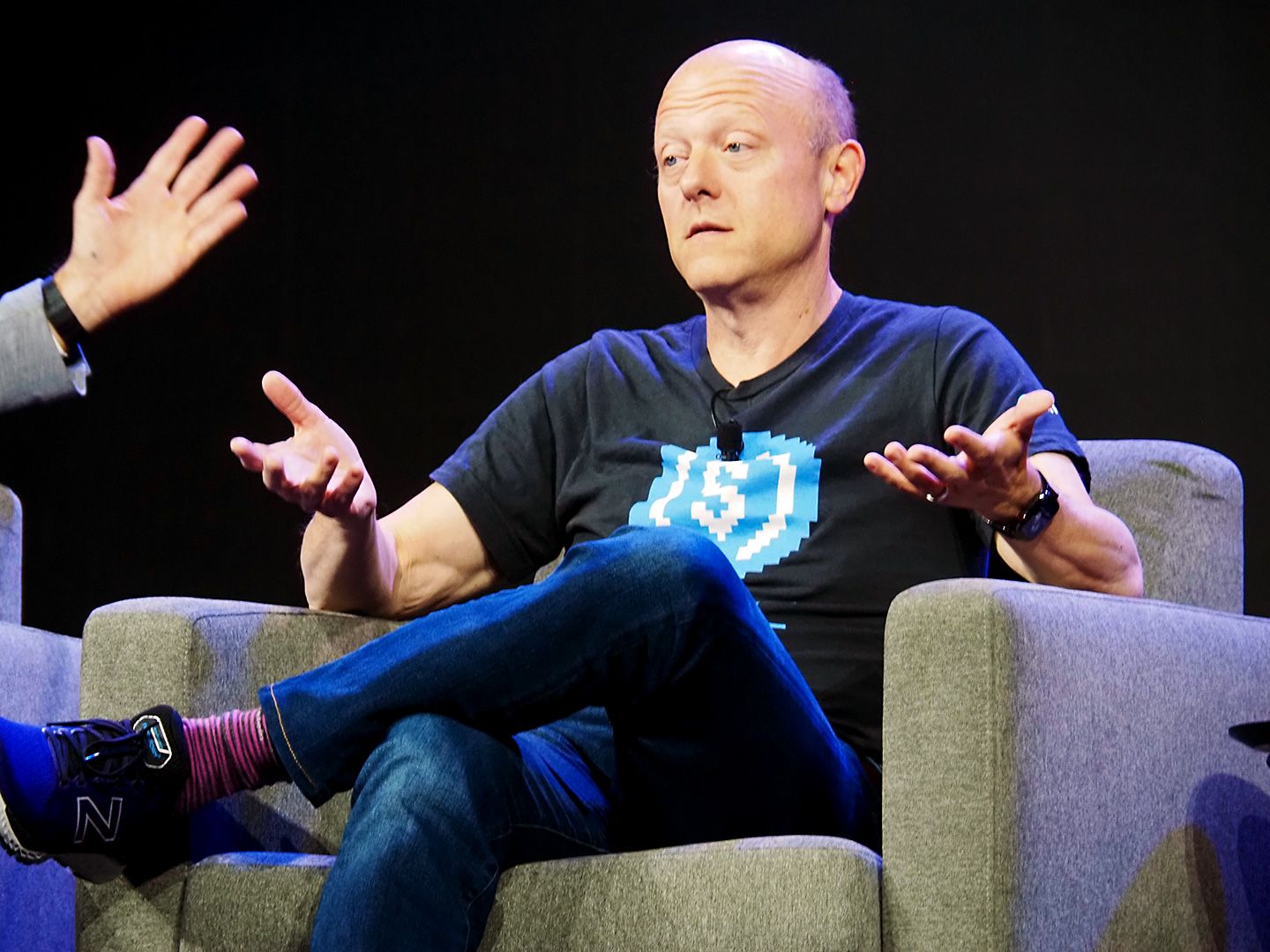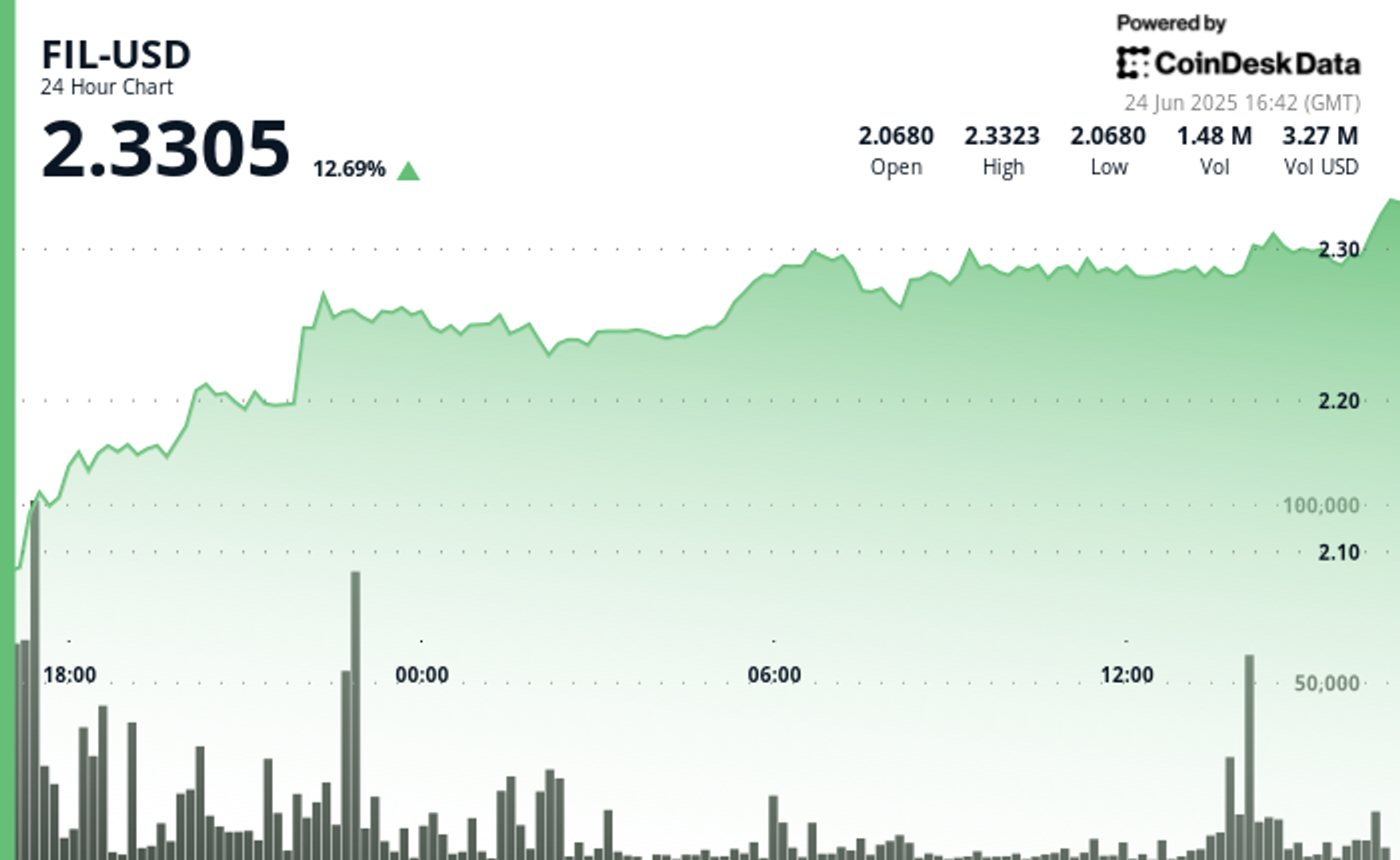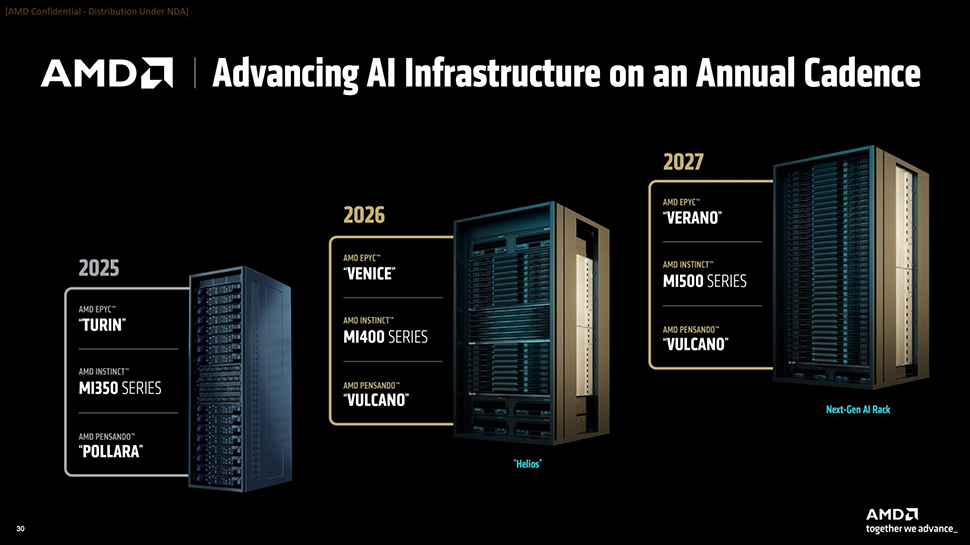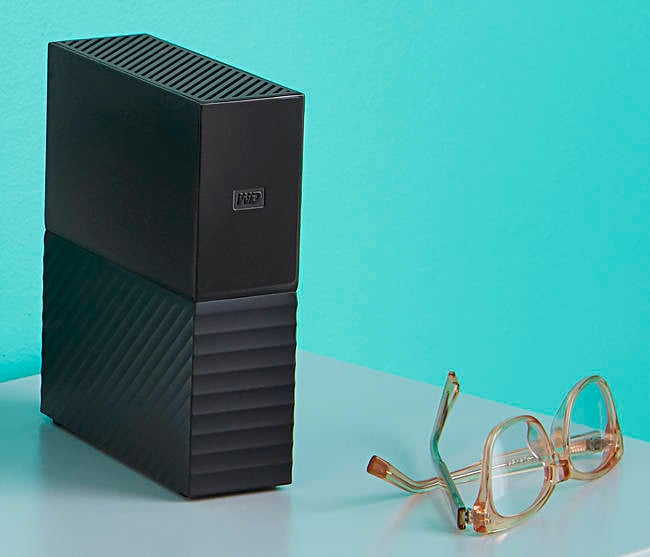A Conversation With Lead Edge Capital On Secondary Markets And Why It’s Holding Out On AI
Growth investor Lead Edge Capital employs a mix of investment strategies into private software and technology-enabled companies, but what does the firm look for when making investment decisions? We chat with partner Brian Neider who shares the firm's investment criteria and why AI has not joined its portfolio, yet.

Growth investor Lead Edge Capital employs a mix of investment strategies into private software and technology-enabled companies. The Santa Barbara, California- and New York-based firm makes direct investments, secondary investments and buyouts with opportunities across these investment types, shifting based on market conditions.
Investment by private equity into venture-backed startups has grown over the past decade with a massive increase in committed capital in 2021, Crunchbase data shows. Even after 2021, growth firms are still leading many of the larger funding rounds in venture-backed companies, and are playing a bigger role in providing returns through secondary market vehicles and acquisitions.
Venture firms are also adapting. Larger multistage venture capital firms have altered their investment strategy to become registered investment advisers in order to invest in crypto, secondaries and public markets.
Driving up secondaries

In this environment, there is a robust secondary market opportunity, said Brian Neider, a partner who joined the firm in 2012. Neider was formerly at FTV Capital and Bessemer Venture Partners where he helped build out their deal sourcing.
The need for liquidity and the misalignment among investors on the cap table is driving the secondary market, he said.
“The person that invested at $3 billion in 2021 probably isn’t so thrilled. And the person that’s in at $50 million, they might be ready to sell the company,” said Neider. If a major shareholder does not want to sell at a loss, that can create potential liability. A secondary sale is a way out of the stalemate.
There are more investors actively looking to sell stakes in portfolio companies or limited partners selling stakes in funds, with more buyers entering the market, he said.
“The trail of broken glass created from what happened in the markets in 2020, 2021 and early 2022 is something that will be both an overhang and an opportunity to clean up, for the next decade,” said Neider. “That’s why you’re seeing so much activity in the secondaries market.”
The Lead Edge 8
Lead Edge’s most recent and largest fund was $2 billion announced in 2022. The firm has raised $5 billion across six funds over all time, with its first fund of $520 million raised in 2011, primarily from individual operators who can assist portfolio companies.
The firm operates with very specific investment criteria that it calls the Lead Edge 8. Companies are evaluated on the following metrics: $10 million-plus in revenue; 25% or more year-over-year growth; 70%-plus gross margins; profitable or break-even; recurring revenue models; high customer retention rates; diverse customer base; and high capital efficiency — ideally a 1:1 burn-to-revenue ratio.
The firm targets companies that meet six of the eight criteria, which amounts to 900 companies — whittled down from 9,000 — on an annual basis. Many of these are not raising capital or have outrageous valuation expectations, he said. Of the 900, around 150 to 200 will be pursued for investments.
If they were to filter companies that meet all eight criteria, the pool of companies is too small, said Neider. “It’s very hard to grow really fast and be profitable and never really burn much money,” he said.
AI holdout
Unlike many firms, Lead Edge is not investing in AI, as customer adoption is early and experimental. You could have a company with $30 million in revenue, that paradoxically looks later-stage, but that revenue might not stick, Neider said.
“A lot of large companies that are buyers of software products are making budget available for many of their people within their organizations to experiment with AI; all with the absolute best of intentions, to make their businesses more efficient, to figure out how to improve their their operations, to figure out how these AI tools can help them,” he said.
For some customers, the product clicks and they are buying more. Others are walking away as they do not need it that badly. What Lead Edge likes to see is strong gross revenue retention where the product is working for the vast majority of the customers that adopt it and they continue to use it over long periods of time.
The firm predicts a wide dispersion of outcomes.
“There will be certain companies that are absolutely massive, outlier winners, and they’ll do amazing. But there will be a lot of companies that potentially have a lot of revenue today that can decrease significantly in value, because ultimately they never find that stickiness in their product, and they realize that a lot of their users were just experimenting with it,” he said.
It doesn’t mean that investment in AI won’t work for other firms, he said. Plenty of firms will hit absolute home runs.
As an investor said to Neider: “When a customer buys a software product the first time they’re buying the pitch. When a customer buys the software product the second or third time, they’re buying the product.” Lead Edge likes to get involved when a customer is buying the product, not just the pitch.
“We certainly will invest in the future, but it will be at a time where some of the tools are better understood, when there’s more data around retention rates, and the end customers are more active as sort of consistent users rather than experimenters,” said Neider.
Related reading:






![How Social Platforms Measure Video Views [Infographic]](https://imgproxy.divecdn.com/AncxHXS242CT-kDlEkGZi7uQ2k70-ebTAh7Lm14QKb8/g:ce/rs:fit:770:435/Z3M6Ly9kaXZlc2l0ZS1zdG9yYWdlL2RpdmVpbWFnZS9ob3dfcGxhdGZvcm1zX21lYXN1cmVfdmlld3MucG5n.webp)

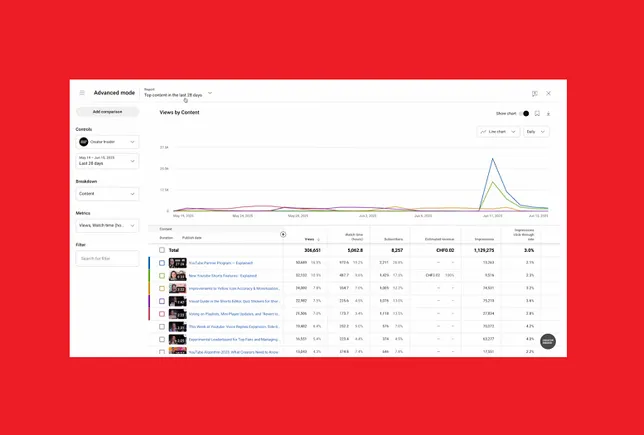



![How Google’s AI Mode Compares to Traditional Search and Other LLMs [AI Mode Study]](https://static.semrush.com/blog/uploads/media/86/bc/86bc4d96d5a34c3f6b460a21004c39e2/f673b8608d38f1e4be0316c4621f2df0/how-google-s-ai-mode-compares-to-traditional-search-and-other-llms-ai-mode-study-sm.png)



























































